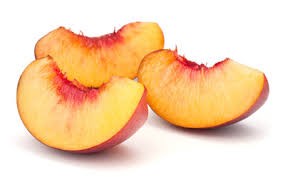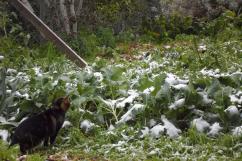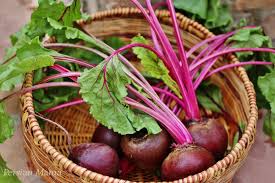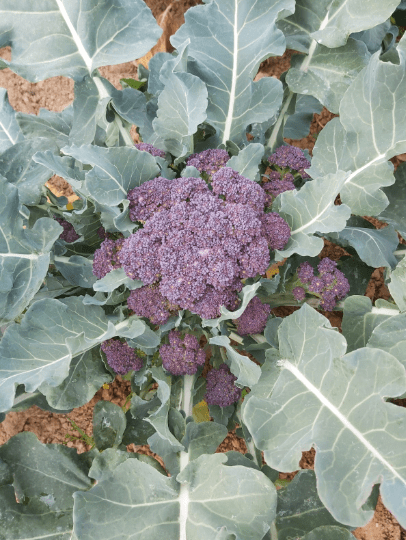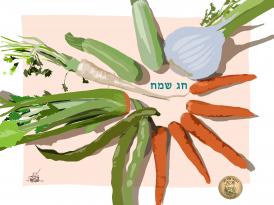In the plant kingdom, nuts are strange creatures. Botanically, a nut is a one-seeded fruit that develops a hard shell, which, at maturity, does not open on its own.
From an evolutionary perspective, this is a wise development, as the hard shell protects the tasty seed (rich in proteins and healthy fats) from insects, birds, and other animals.
Yes, I hear your objections – I'm aware that squirrels exist in the world and they eat nuts. You're right, walnuts are not immune to squirrels. However, this is not a one-sided relationship where squirrels feast on nuts without providing any benefit. Rather, it is a symbiotic relationship. Despite seeming like the squirrel is the walnut's arch nemesis, the truth is reversed – there may not have been walnuts in the world without squirrels.
Confused? Let me explain.
The tough shell that protects the internal, desirable part of the nut from all but squirrels or humans (and perhaps some birds with particularly strong, curved beaks with a superpower of cracking nuts) also prevents the seed from germinating.
The process that ultimately leads to germination, and a new tree, includes being buried in the ground and decomposing of the outer shell. This requires a long time to just begin germination. But wait – the tree can't bury its own nuts. This is where squirrels play an important role.

Squirrels tend to bury nuts in the ground and establish food storages for hard times. They return periodically to these “pantries” to feast. Fortunately for nuts, squirrels have poor memories – it's estimated they forget the location of about a quarter of the nuts they store and can't find them. This is how we have walnut trees.
In addition to squirrels, humans also consume nuts. As hunter-gatherers, we appreciated nut trees and even domesticated some varieties, integrating them into our agriculture. This includes the English walnut, one of the most consumed nuts worldwide.
Where does the name “walnut” come from? Walnuts consist of many varieties that differ slightly, and have many names. Americans call it the “English nut” because English settlers brought it in the 17th century, distinguishing it from native North American varieties. in America there are many native varieties of nuts as well as many varieties of squirrels. Due to its prevalence in cultivation in Western USA, some call it the “California walnut”. It's also known as the “brain nut” for its appearance.
The name “king” has two possible origins. One is simply a translation of its Latin name, Juglans Regia. Although we know the Romans were familiar with this nut and they played an important role in its distribution (we'll get to that soon), the Latin name was not given to it by the Romans but rather by an 18th century botanist named Carlos Linnaeus who simply wanted to liken it to the king of nuts.
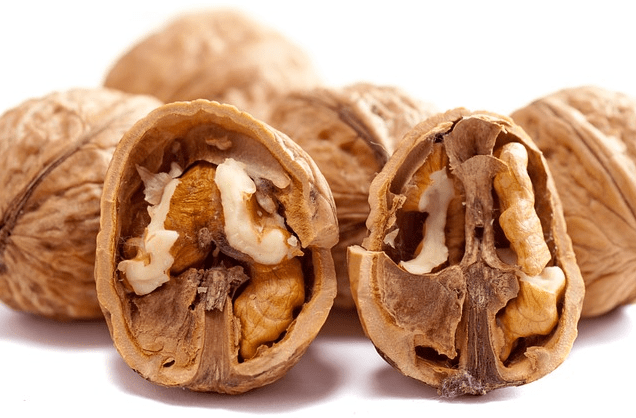
However, the second theory is more interesting, and while it may not be true, it provides insight regarding the origins of the walnut. Today, walnuts are prevalent in 5 continents, yet the theory is that walnuts were domesticated around modern-day Iran over 3,000 years ago. From there, they spread to Mesopotamia, where the Babylonians considered it a rare and prized superfood. How rare and prized? It was reserved only for royal families. Punishment for unauthorized walnut consumption? Apparently, the Babylonians were harsh and strict. Anyone caught eating a walnut without permission was sentenced to death.
From Persia, walnuts spread to India and China. To Europe it arrived in the 4th century BC via Alexander the Great, and since then the Greece has become the largest walnut cultivator. Then came the Roman Empire, which spread the nut throughout the empire to north Africa as well as west Europe.
So, let’s crack this “King of Nuts” and discover its magic. As mentioned, it is a type of large seed. As such it has a high protein content. Therefore, it is considered valuable for vegans. In addition, it is rich in various types of fatty acids, vitamin B, manganese and even carbohydrates – in short, a bonanza. In my opinion it is also a very tasty fruit with a unique texture and if you have a nutcracker (or a hammer and a towel) you can enjoy it, even if you are not a squirrel.
Bon appetit,
The Garden team
You can find the updated content of our weekly baskets on our website under the tab – "our baskets"

